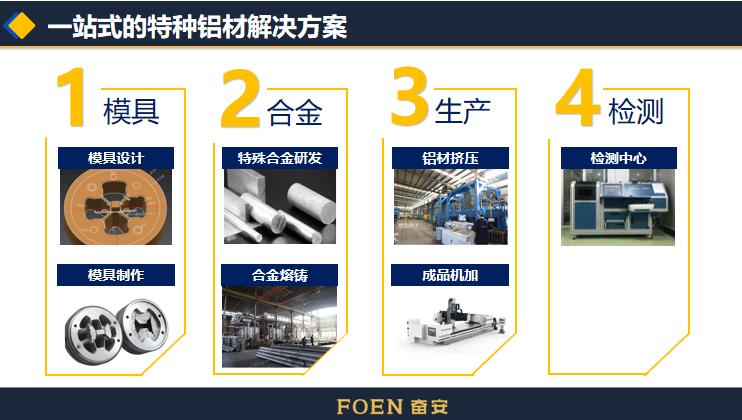Aluminum alloys are widely used in industries such as automotive, aerospace, construction, and packaging due to their light weight, corrosion resistance, and high strength-to-weight ratio. The production of aluminum alloys involves several important steps, which are described in this article.
Mining and Refining
The first step in the production of aluminum alloys is the mining and refining of bauxite ore. Bauxite is a mineral that contains aluminum hydroxide and other compounds. The ore is mined and transported to a refinery where it is processed to extract alumina or aluminum oxide. Alumina is then further processed to produce aluminum metal.
Alloying
Pure aluminum has low strength and limited uses, so it is commonly alloyed with other metals to enhance its properties. Common alloying elements include copper, magnesium, silicon, and zinc. The alloying process involves melting the aluminum and adding the desired alloying elements to achieve the desired properties.
Casting
Aluminum alloys can be cast into a variety of shapes using different casting methods, such as sand casting, die casting, and investment casting. Sand casting involves pouring molten aluminum into a sand mold to create a specific shape. Die casting is similar but involves the use of a metal mold in place of sand. Investment casting, also known as lost wax casting, involves creating a wax model of the desired shape and then covering it in a ceramic shell. The wax is melted out and the ceramic shell is filled with molten aluminum to create the final product.
Extrusion
In addition to casting, aluminum alloys can also be extruded into various shapes using an extrusion process. Extrusion involves forcing heated aluminum through a shaped die to produce a specific cross-sectional shape. This process is commonly used to produce aluminum tubing, channels, and other complex shapes.
Heat Treatment
After casting or extrusion, aluminum alloys are usually heat-treated to enhance their properties. Heat treatment involves heating the material to a specific temperature and then cooling it at a controlled rate. This process can improve the strength, ductility, and hardness of the material.
Conclusion
The production of aluminum alloys involves several important steps, including mining and refining, alloying, casting, extrusion, and heat treatment. Each step is essential to produce high-quality aluminum products with specific properties. With its unique combination of strength, durability, and lightweight, aluminum alloys will continue to be an important material for a wide range of industries.

Related Products: Aluminum Alloy Profiles,Aluminum Decorative Profile,Aluminium Extrusion Profile
 online service
online service +86 13696864883
+86 13696864883 sales@foenalu.com
sales@foenalu.com